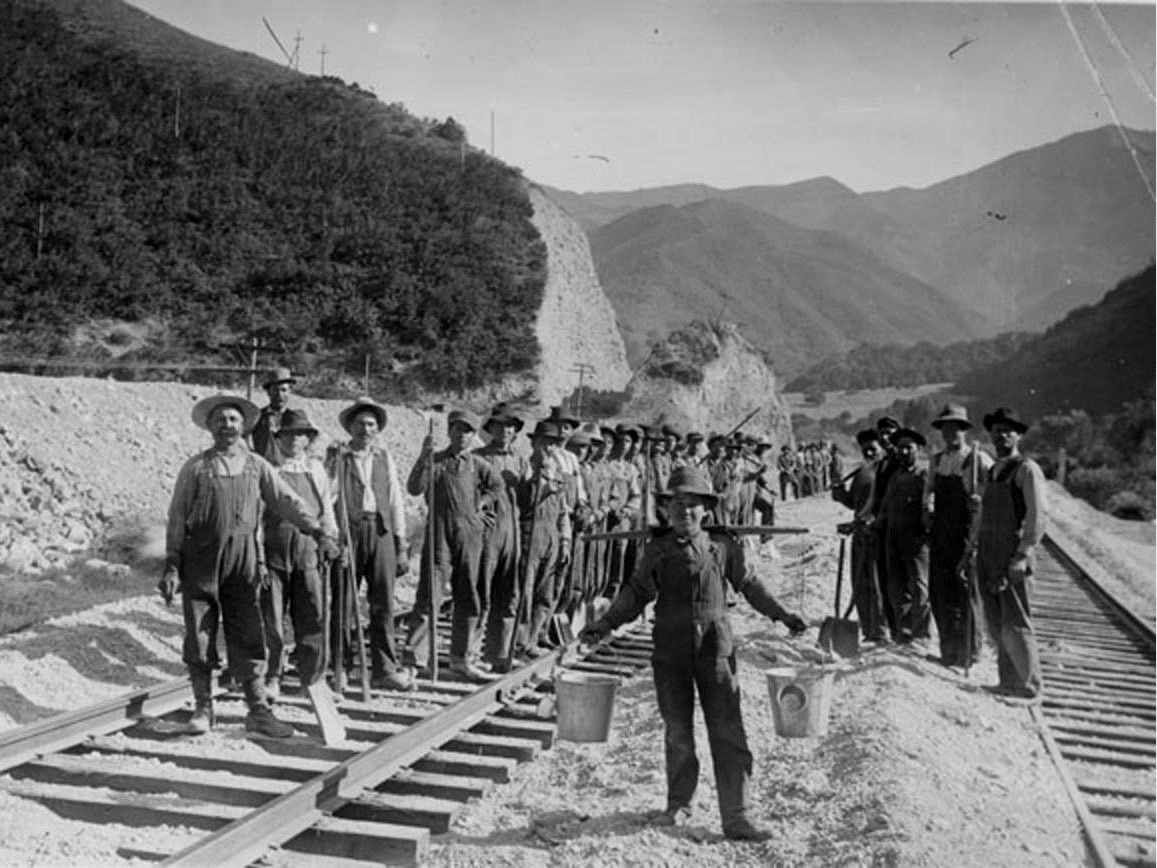Working in hazardous areas entails several risks, from injuries to losing lives, hazards can occur sometimes in unlikely areas. Let us start with exposing the dangers of working below the surface of the Earth, then move to its surface and uncover the unknown risks behind building the Pyramids.
Mining has always been one of the most hazardous jobs; workers face many risks, including the collapse of mines, also known as cave-in. The hazard lies in the fall of heavy rocks on workers causing death or injuries; if nothing falls directly on workers, they can be trapped inside, but they are likely to starve or suffocate. If cave-ins do not occur naturally, they might be induced by explosions, which are not unlikely in mines. Explosions occur due to the presence of methane gas, which is released during the mining process.
Miners are also exposed to flooding of underground water or heavy rain water from outside. Risks in mines are not confined to cave-ins, flooding, or explosions; fine dust particles produced from the digging process may lead to dangerous lung diseases, such as silicosis and black lung due to dust accumulation. Mercury poisoning also occurs due to long exposure to it, as it can be found in 25% of mines.
Nowadays, raising awareness about the risks that are likely to occur while mining is a priority, as well as applying hazard prevention methods. In mines, underground mine ventilation is necessary to provide fresh air, remove the dust, and also regulate the temperature. Additionally, labels and signs that refer to dangerous areas are indispensable to the safety of workers.
 A group of laborers at work. Courtesy of the University of Utah J. Willard Marriott Library via Mountain West Digital Library.
A group of laborers at work. Courtesy of the University of Utah J. Willard Marriott Library via Mountain West Digital Library.
Source: dp.la
Now, let us leave the mines and suffocating underground areas and move to the surface. When building railroads, workers suffer from the substances used, for example, asbestos is a silicate material that resists burning and is used as heat insulator in manufacturing railroads. When its fibers are inhaled by workers for a long time, it causes asbestosis and other lung diseases. Long exposure to asbestos increases the chances of developing different types of cancer; because of its dangers, its usage was limited in the 20th century, but unfortunately it is still used in some countries.
To move from the known to the unknown, while building the Pyramids, major risks were definitely encountered. How the Pyramids were built raises a lot of questions; there are several theories, but there is no definite answer. Yet, based on the theories about the construction of the Pyramids, we can attempt to figure out an ignored aspect about them: the hazards faced at the construction site of the Pyramid.
The pharaohs had chosen different locations to build their Pyramids, for example, Khufu—the Great Pyramid of Giza—was built on a leveled rock, while Khafre and Menkaure were built on unleveled rock near it. Other pyramids were built on gravel, conglomerate, or just sand to be easily leveled, such as the layer step Pyramids.
It must have been very hard to transport the stones used in building the Pyramids as they weighed from one to hundreds of tons. Researches at Amsterdam University proved that the stones were pulled to the construction site on sledges, where the sand in front of it was wet to decrease the pulling force needed to the half. Lots of theories proved that Ancient Egyptians used ramps to lift the heavy stones depending on some paintings that included construction ramps; other theories declared that they used timber levers.
Considering the heavy rocks that were transported around from one place to another, one of the major risks might have been the falling of these rocks on the workers. Nothing confirms the conditions of the workers, safety measures involved, or the hazards found at that huge construction site. What we know is that the builders showed immense talent and that their knowledge of construction, despite their lack of our advanced equipment, has outweighed ours. Maybe more theories in the future will reveal the ignored aspect of workers’ lives and their safety while building the Pyramids.
We work and dig to improve our quality of life, find minerals and valuables under the ground, build roads to reach far; we also build monuments to remind others of how glorious we are. However, we must not forget, reaching from the remote past to the present, that our greatest achievement should always be preserving lives through raising awareness of individual rights to a healthy and safe work environment.
References
careerminer.infomine.com
bradshawfoundation.com
ling.upenn.edu
Top Image: Mining Employment | Source: adrdaily.com
This article was first published in print in SCIplanet, Spring 2018 Issue.